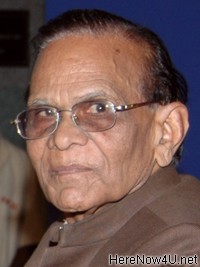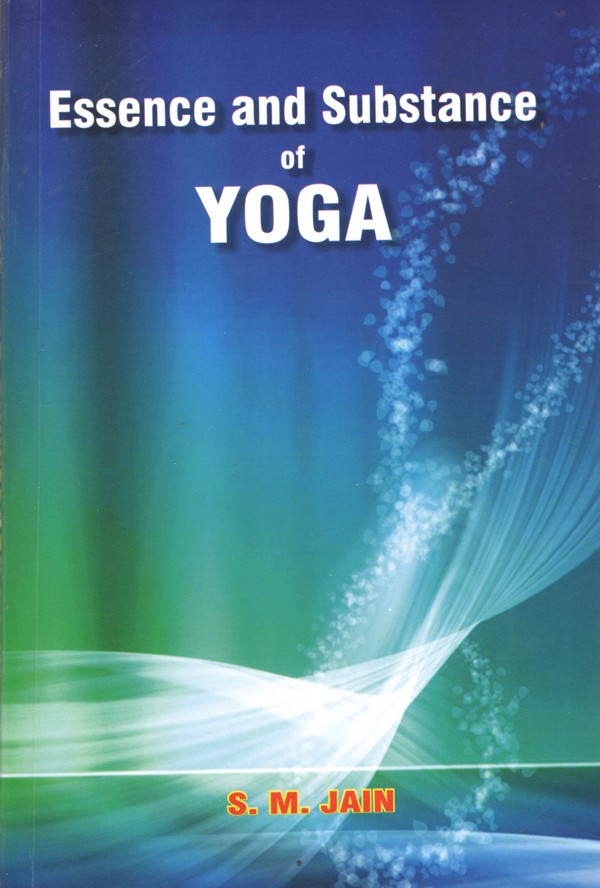Tibetan Yoga
When Buddhism reached Tibet, spread and got established it was modified to accommodate the prevailing original concepts and precepts of ‘Bon-pos’ or ‘Bonism’. It was Padmasambhava, an eminent follower of Buddha who was instrumental in popularising and establishing Buddhism in Tibet. In order to accommodate the Tibetan religion Bonism he modified Buddhism to such an extent that it changed to mixture of both Bonism and Buddhism. Bonism was mostly Tantric i.e. based on occult practices. The final form that got established in Tibet was more tantrik than Buddhist.
Tantrism views the world as consisting of contrasting antithetical elements and relationships i.e. noumenon and phenomenon, potentiality and manifestation, reason and effects, prana and mind, nirvana and Samsara. These dualities though apparently antithetical, are in reality inseparable unity and are complementary. Tibetan Tantrism prescribed two folds path. First is path of liberation or Mind Yoga which stresses observation and cultivation of innate mind and minimum of rituals and yogic practices. Second is path of skilfulness or Energy Yoga which conforms to karma yoga of Gita.
Subsequently Tibetan yoga deviated from Buddhist principle of voidness, nothingness after Nirvana and started exalting Buddha as omniscient and omnipresent similar to Vedic concept of God. It also incorporated Vedic doctrine of ‘Maya’ (Illusion) that all phenomena and experiences manifested in the universe are illusions and that all matter is devoid of self entity. The Tibetan yoga that evolved is based on hallucinations, fantasies and illusions of fire, dreams and even impossible sexuality in which ‘Thig le’ (Semen) is retained and not allowed to ejaculate during intercourse and corresponds to Vajroli Mudra (Thunderbolt Gesture) in Hatha Yoga. Tibetan Yoga comprises the following Six Yogas of Naropa:
1. Duma (Heat) Yoga
The practitioner is to visualize his body as of the patron Buddha, four centres (Chakras), 7200 nadis (Channels) condensed in three main channels - right, left and central in different colours, five elements earth, water etc. as five different coloured light beams at naval, increasing and spreading through out the body melting of ‘Thing Le’ (Semen) and dripping of snow white colour in head centre and producing bliss. All such visualization is non existent and imaginary.
2. Illusory Body Yoga
Yogi prays for blessing and help to red Sambhogakaya guru sitting with his consort at the throat centre. This is practised either sitting or standing before a mirror. He thinks that all objects in outer world are mere manifestation of confused mind and are like mirages, dreams, bubbles, dew and shadows. Surprising by Guru sitting with consort is not Buddhist but Shaivite concept incorporated here. The qualifying word “Sambhoga Kaya” for imagined guru denotes sexually engaged and is obscene. All the visualization mentioned here is factually unreal illusion of confused mind but on the contrary the real world is mentioned as mirage, dream etc. It is same as concept of ‘Maya’ in Vedic tradition.
3. Dream Yoga
This yoga practice is recognition of dreams. The yogi investigates what causes rapid awakening from dream, tension, noise etc. Dream yoga and illusory yoga are almost alike and former is regarded as supplementary to latter. One of the purposes of dream yoga is to realize illusory body in bardo (death) state and also in life time and the yogi guards himself in frightening dream by uttering that it is first a dream only. It is considered that the practice of illusory and dream yoga leads to purify the habitual thoughts of samsara (worldly life), that all things are manifestations of mind which is devoid of self-entity like dream and that both Samsara (worldly) and Nirvana (Salvation) are unreal images and bind and liberate nothing. This concept is also contrary to reality.
4. Light Yoga
In this yogi visualizes (imagines) blue colour Vajradhara with his consort sitting at heart centre, meditates on void, conjures revelation of light, imagines the body dissolving in light and concentrates on it. By practices yogi will be able to unfold four lights or voids of revelations, augmentation, attainment and finally the innate boon which will eliminate both crude and samsaric (worldly) thoughts and will be face to face with genuine light of sleep. The innate light is supposed to exist for all time regardless of whether one is aware or not. Light of sleep and light of death are parts of this innate light. The four lights of void lead to direct realisation of Shunyata (Void) and finally it is light of fruition which is perfect and complete realisation of Buddhahood. Since all this is in imagination only, it cannot be reality.
5. Bardo Yoga
This form of Tibetan yoga is based on phenomenon of death in imagination (but being imagination it can not be phenomenon, the word is used wrongly here). Yogi imagines first that the form of body (standing) dissolves, then organ of sight dissolves and one can not see, then mirror wisdom dissolves and mind becomes very dim and dull, then water element dissolves and secretions of body stop, then organs of hearing and taste and the fire element dissolve, then wisdom of activity dissolves and one can neither act nor will and finally consciousness dissolves and yogi as dying person experiences four lights of void and unconscious also dissolves into light and light of death-the innate light emerges and all delusory manifestations of Bardo (Death) will appear. The yogi attains weird powers as to travel anywhere without obstruction, to become invisible, is clairvoyant and telepathic. The maximum period of bardo life (this yoga practice) is 7 days and can be repeated 7 times i.e. for total 49 days. The caution prescribed is that only a yogi in advance stage should practice it and should not ignore the instructions. This form of Tibetan yoga is also a weird fantasy.
6. Transformation Yoga:
This form of yoga is devised to deliver one’s consciousness to Buddha’s pure land or higher realm of birth. The practitioner visualizes himself as body of patron Buddha itself. Yogi also imagines Buddha sitting in the sky and five coloured light radiating at heart centre. He then gently mutters “Gha” seven times. In four days he will experience itch at the top of head and in this centre a lump will arise and secret yellowish liquid which is sign of accomplishment.
Tibetan yoga forms are more fantasies, illusions, confusions and tantric rather than Buddhist. Buddhism aims at real enlightenment. None of these conform to scientific scrutiny. In scientific terms these are “ Cortard Syndromes” and “Tunnel Visions” and are mental aberrations and can be induced artificially by stimulating respective parts of brain by electric stimulation.
 S.M. Jain
S.M. Jain
